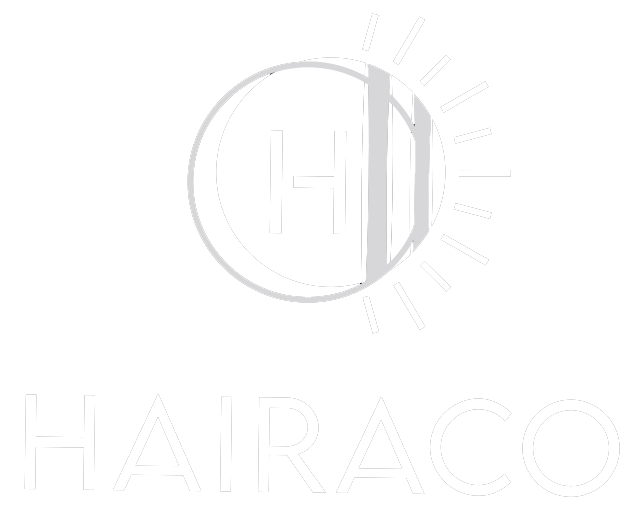Hair coloring boards have emerged as indispensable tools for both professional hairstylists and home users seeking precision and speed. These boards not only help in achieving cleaner and more uniform color application but also significantly reduce the time required for the process. This quick guide aims to offer insights into the effective use of hair coloring boards to ensure fast and flawless applications.
Why Use Hair Coloring Boards?
Hair coloring boards provide several advantages over traditional methods:
- Precision: They help in sectioning hair accurately, ensuring even coverage.
- Speed: By providing a stable surface, they make it easier to apply color quickly.
- Cleanliness: Prevents color from bleeding onto other sections of hair.
- Control: Enhances the ability to create creative and complex coloring techniques such as balayage, ombre, and highlights.
Types of Hair Coloring Boards
There are various types of hair coloring boards available, each designed to cater to specific needs:
- Standard Boards: Flat surfaces ideal for general coloring applications.
- Curved Boards: Curved to fit the natural contour of the head, making it easier to reach difficult areas.
- Foam Boards: Lightweight and flexible, suitable for intricate coloring techniques.
How to Use a Hair Coloring Board?
Preparation
Before starting the coloring process, ensure that you have all the necessary tools ready. This includes the hair coloring board, color brushes, coloring agents, foil, and clips.
Sectioning
Start by dividing the hair into manageable sections. Use clips to separate these sections. This will make it easier to work with one section at a time, providing better control and precision.
Application
Place the hair section on the board. Hold the board firmly with one hand and use the brush with your other hand to apply the color. The board provides a solid surface, ensuring the color does not bleed onto other sections of hair.
If you are working on highlights or balayage, use a foil along with the coloring board to isolate the colored strands from the uncolored ones.
Blending
Once the color is applied, you may need to blend it to achieve a natural look. Use the edge of the board to help blend the color smoothly, ensuring there are no harsh lines.
Tips for Fast Application
- Work in Small Sections: Smaller sections allow for more precise application and faster overall processing time.
- Prepare in Advance: Pre-mix your colors and have all your tools within reach to save time during the application.
- Practice: The more you use the board, the quicker and more efficient you will become.
Conclusion
Using hair coloring boards can revolutionize the way you apply hair color, offering both speed and precision. Whether you are a professional hairstylist or someone who loves experimenting with hair colors at home, incorporating a hair coloring board into your routine can lead to more consistent and beautiful results. For those interested in taking their hair coloring skills to the next level, consider exploring the range of coloring boards available from Hairaco. Their high-quality boards are designed to meet the needs of both beginners and seasoned professionals.

